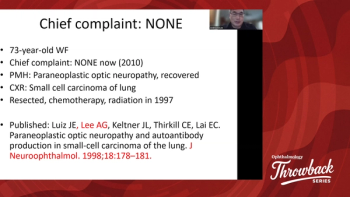
Mercy Ships delivers a lifeline for eye health in Africa’s remote communities
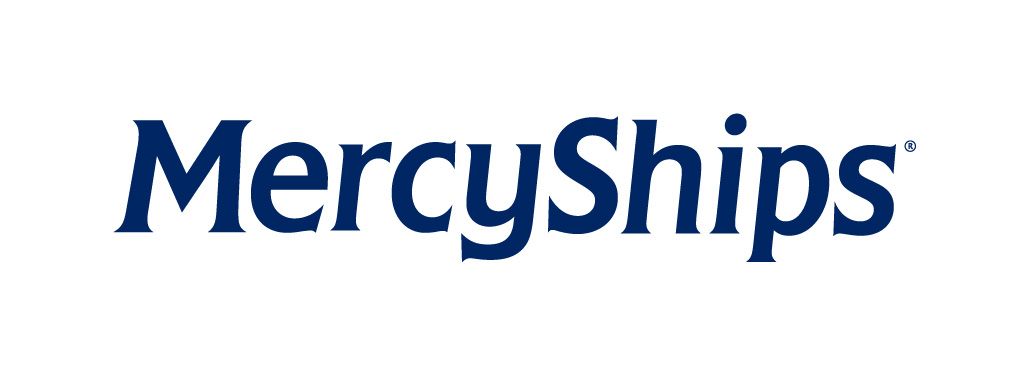
Key Takeaways
- Mercy Ships provides free ophthalmic surgeries in sub-Saharan Africa, focusing on restoring vision and preventing blindness.
- The program offers mentorship in manual small-incision cataract surgery and collaborates with local governments to improve eye care access.
Through its ophthalmic program, Mercy Ships provides critical eye surgeries and trains local professionals, ensuring sustainable eye care for the future.
Since its inception in 1978, Mercy Ships has been on a mission to restore sight and bring hope to some of the world’s most underserved populations. Kimberly Ames, senior manager of US recruitment and volunteer experience with Mercy Ships, spoke with Ophthalmology Times about the impactful work of the Mercy Ships ophthalmic program, which provides free surgeries and education in Sub-Saharan Africa, while also training the next generation of local ophthalmic professionals to ensure sustainable eye care in the region.
What are the primary goals of the Mercy Ships ophthalmology program?
Mercy Ships works to bring hope and healing to the world’s forgotten poor by following the 2000-year-old model of Jesus. The primary goal of the ophthalmic program is to provide free ophthalmic surgeries to restore vision or prevent blindness for people living in Sub-Saharan Africa, especially for those who otherwise would not be able to access or afford surgery.
What kind of training and support does the program provide for local health care professionals, and how does this affect local ophthalmic care?
Training and support for local health care providers varies depending on the country we are serving. In general, we are able to provide on-ship mentorship for surgeons focusing on manual small-incision cataract surgery (MSICS). In Sierra Leone, at the request of ophthalmic leaders, we have been providing some training in phacoemulsification as all surgeons in the country are already using MSICS.
How does the ophthalmology team manage the logistics of specialized surgeries, such as cataract removal or treatment for glaucoma, in a mobile, ship-based environment?
As you can imagine, the logistics of our work are incredibly complex, so the following is a basic overview of our process. Patients are screened and have a basic assessment in the field before the ship arrives in the country, completed by the patient selection team. Most preoperative assessments and postoperative care are handled by the eye clinic team, led by therapeutic optometrists, with more complex cases referred for ophthalmologist input. This allows the surgeons’ primary focus while on board to be performing surgery. Patients have routine follow-up at 1 day, 1-2 weeks, and 6 weeks, where all eligible patients undergo a YAG laser capsulotomy. The ship remains docked in one port for the duration of our time in the country, so while it is a mobile platform there is stability in our location, especially for follow-up care. If patients live away from the port city, we provide transport and accommodation for them and a caregiver if required.
Glaucoma treatment and ongoing management can be complicated. Mercy Ships aims to complete all follow-up care for patients within the duration of time the ship is in the country. For this reason, other than initial glaucoma medications used in the eye clinic, glaucoma treatment is not currently a focus of the ophthalmic program. We educate patients as much as we can and then refer them to local providers who we know are able to provide on-going follow-up care. However, we are considering how glaucoma treatment may be incorporated into our work in the future.
How are volunteers for the ophthalmology team recruited and prepared, and what backgrounds or specializations are most in demand?
As for all of our volunteers, ophthalmic team volunteers are recruited through traditional and social media coverage of Mercy Ships, word of mouth, especially from other volunteers, and recruitment efforts at industry events.
Volunteers apply via the website where they answer questions and upload relevant documents to allow our teams to credential applicants and hopefully offer them dates to serve onboard!
Roles in demand at the moment are:
- Ophthalmic surgeon – especially with MSICS experience
- Ophthalmic provider – a therapeutic optometrist or ophthalmologist to work in the eye clinic
- Nurses for general health assessments in the eye clinic and presurgical preparation in the day surgery unit
- Anyone with an ophthalmic background and management or leadership experience
What partnerships, if any, does the ophthalmology program have with other organizations or local governments to expand access to eye care in underserved regions?
Mercy Ships partners with the local government in advance of the ship’s arrival. This includes selecting the locations for our patient selection to ensure underserved regions are highlighted, as well as engagement with health care leaders, especially related to the specialties we offer.
In addition, Mercy Ships works with designated partners in other countries to advance the development of ophthalmic surgery in Africa.This has included partners in Togo that are focused on training in cataract removal for ophthalmic surgeons.
What are some of the key goals and initiatives the Mercy Ships ophthalmology program is pursuing in the coming years to enhance or expand its impact?
We are currently running the ophthalmic program aboard the Africa Mercy in Madagascar and the Global Mercy in Sierra Leone. We are working to increase our pool of ophthalmic surgeons and other team members so that we are ideally able to run the ophthalmic program concurrently on both ships!
We are in a season of re-evaluation of the ophthalmic education, training, and advocacy work, and have some exciting things we are working towards! Unfortunately it’s early days, so we can’t share more details yet.
To learn more volunteer opportunities with Mercy Ships, click
Newsletter
Don’t miss out—get Ophthalmology Times updates on the latest clinical advancements and expert interviews, straight to your inbox.


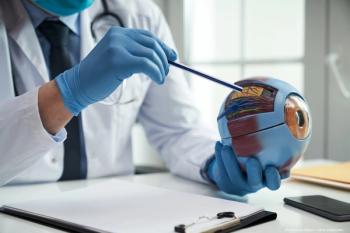

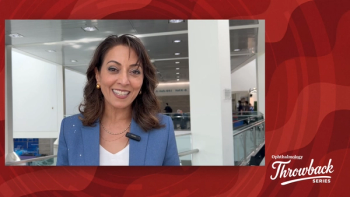
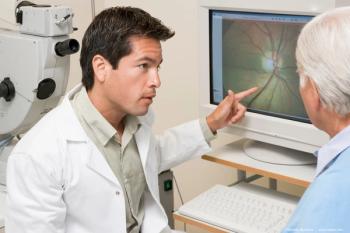
























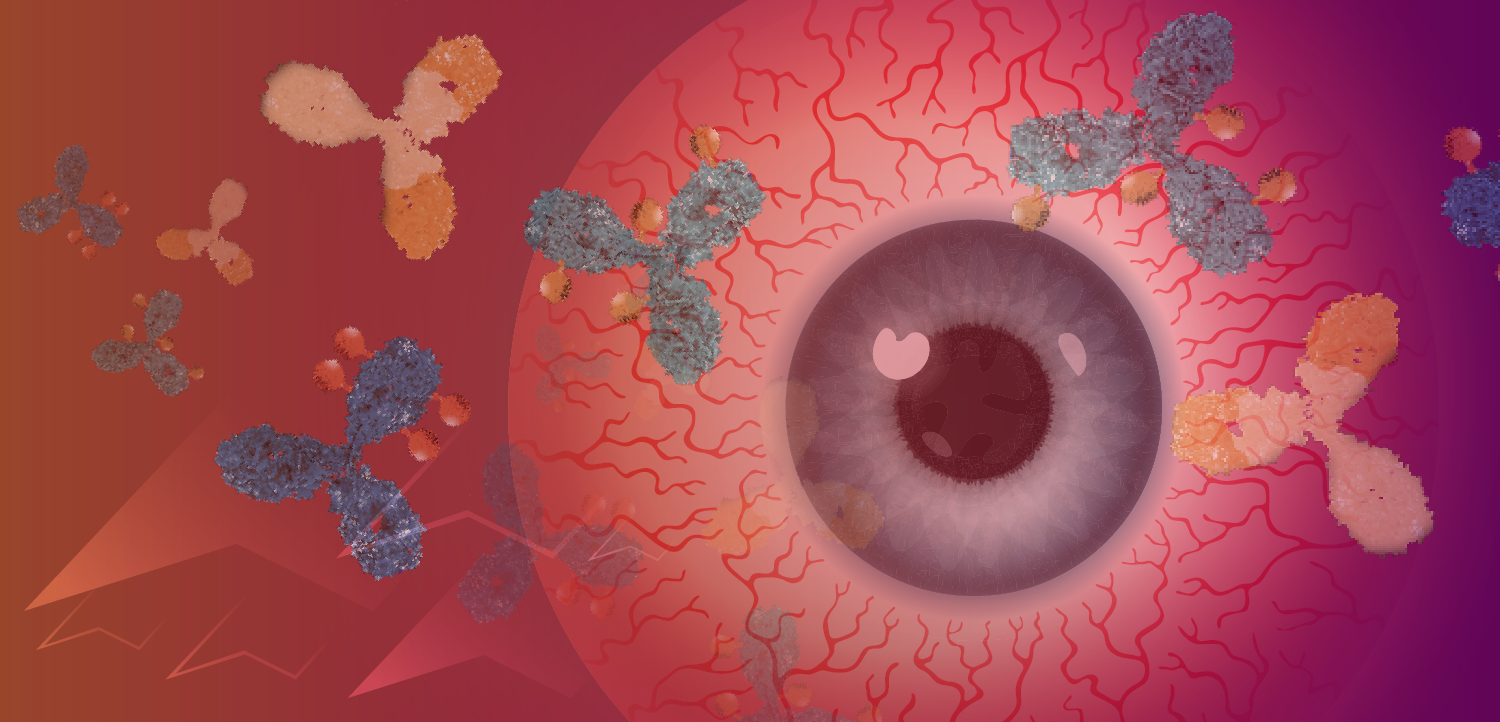
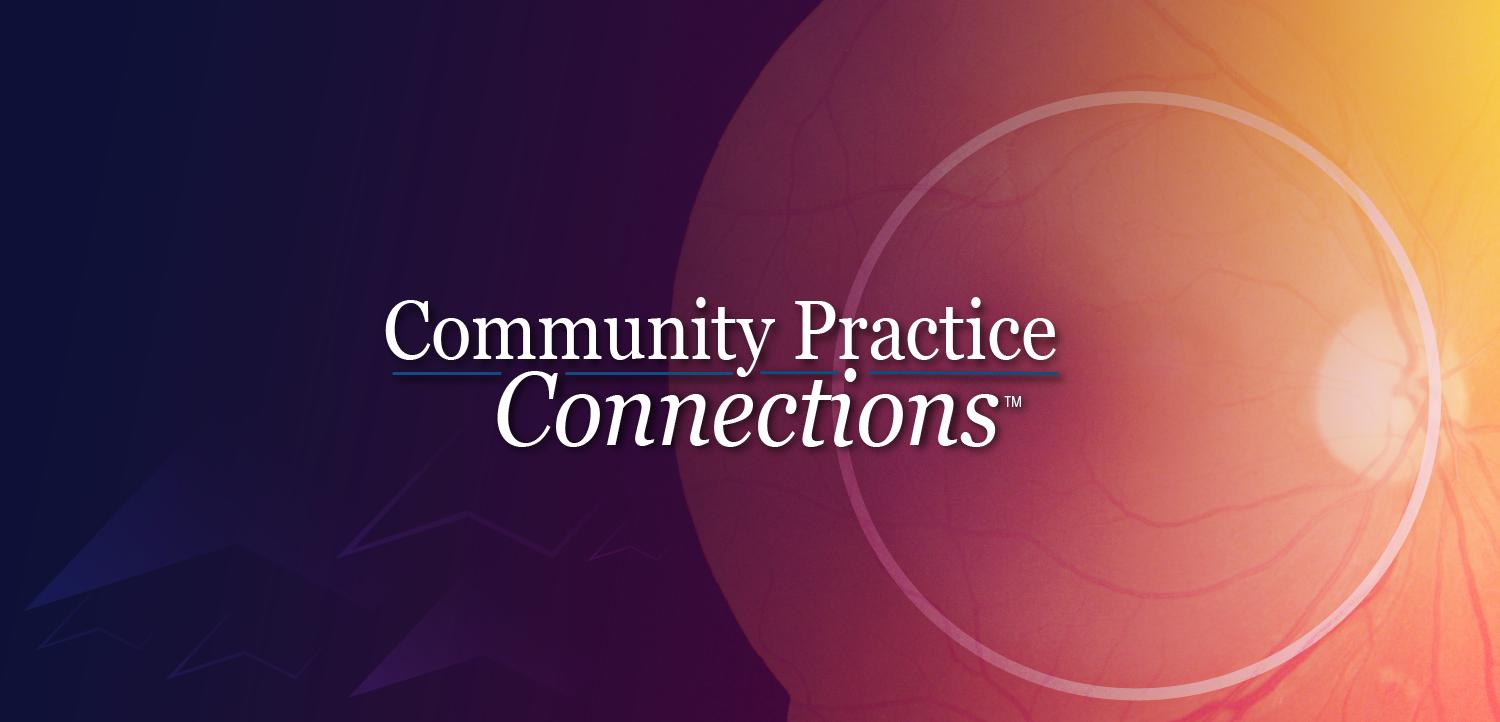
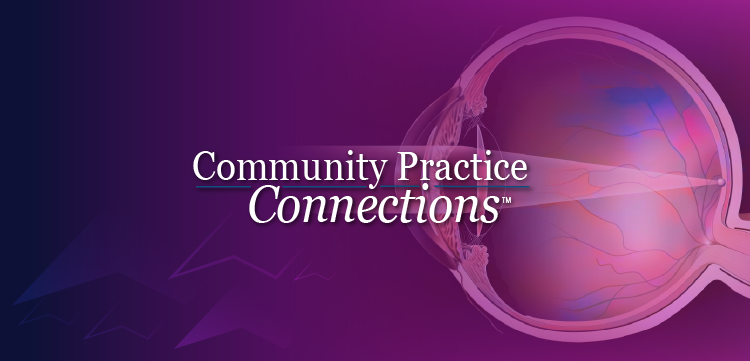



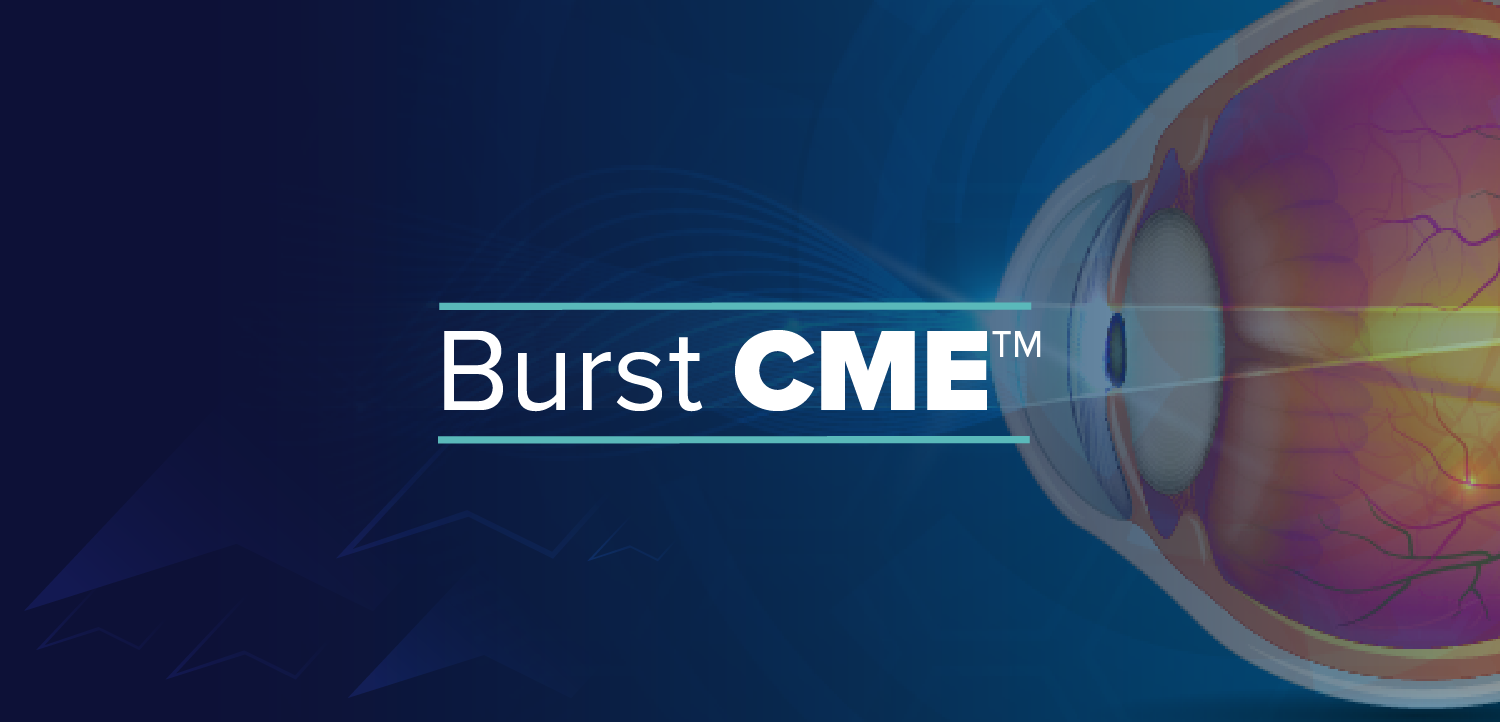













.png)


